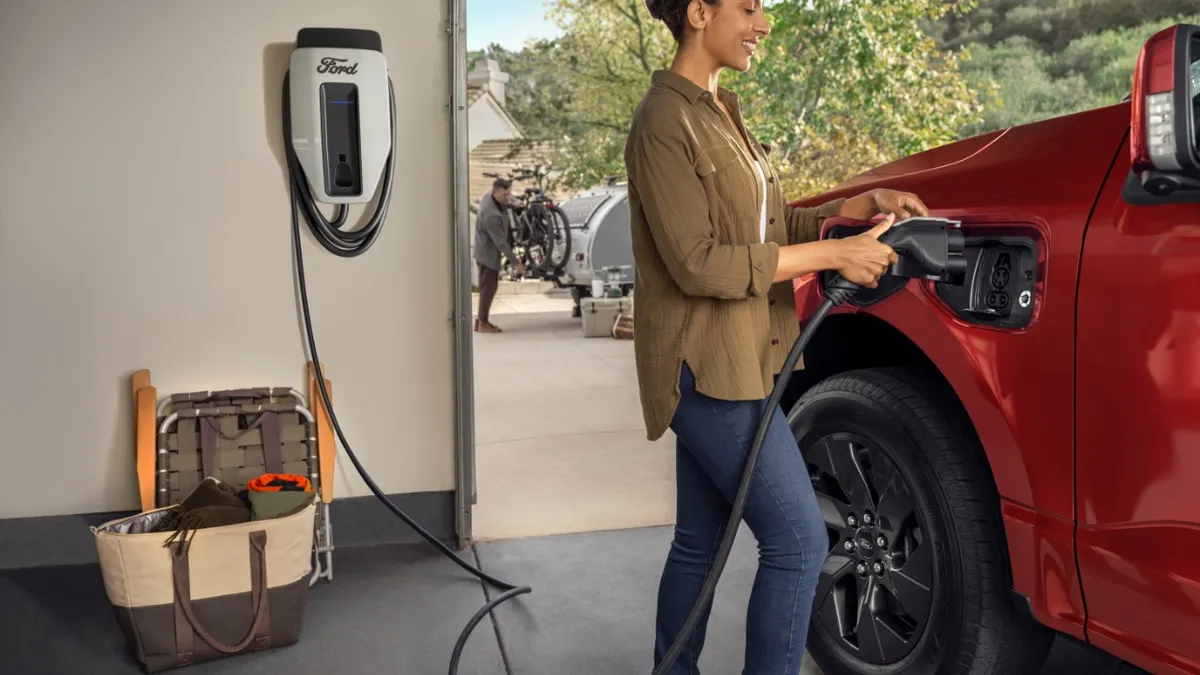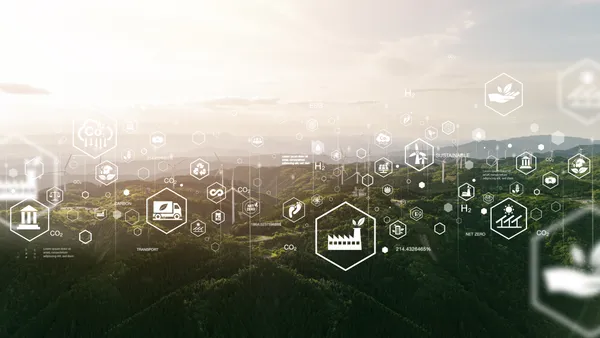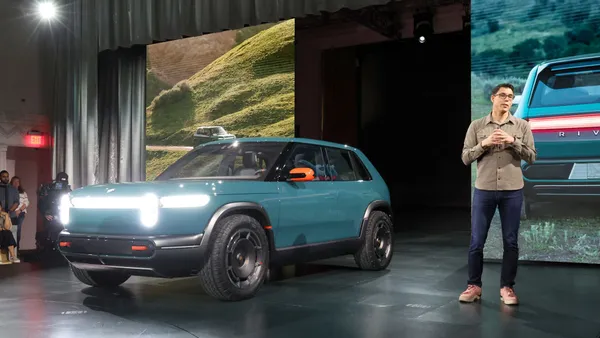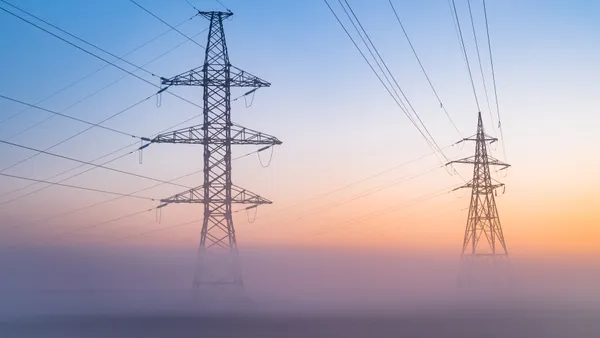Dive Brief:
-
Utilities today face a wide variety of complex challenges -- pundits call this perfect storm of disruption the utility death spiral -- but fighting back against rooftop solar in the regulatory arena is the wrong move, according to former Secretary of Energy Steven Chu.
-
Chu warns utilities who "think they've got it solved" by charging higher interconnection fees that those charges will also rise as more customers go solar. “[Utilities are] in a flat to shrinking business," he said. "As solar and batteries get cheaper and cheaper, they’re going to see their customer base of the best customers [install solar panels].”
-
"Instead of that, [utilities] need a better business model," Chu said. “I’m telling utility companies, this is coming down the line, so let’s think of a new business model where you can profit from this.”
-
Chu's solution is to create a business model that allows utilities to capitalize on their low cost of debt and borrow money to buy solar and batteries. Then, utilities will partner with rooftop solar companies to carry out the installations "because I don't expect a utility company to figure out how to do that," Chu said. Similar to the no-money-down business models of many third-party solar providers, the utility will own the solar-battery bundle and the customer will buy power from the utility at lower rates.
Dive Insight:
The problem is clear: Solar may be eating into utility revenues, but utilities are typically not allowed to get into the solar business in their own service territories. That's because utilities have one important advantage over the SolarCitys of the world: the customer relationship. While utilities may see rooftop solar fees as their saving grace today, those same fees could have the unintended long-term effect of accelerating full-on grid defection. Solving these issues will no doubt be at the forefront of many regulators' minds.













